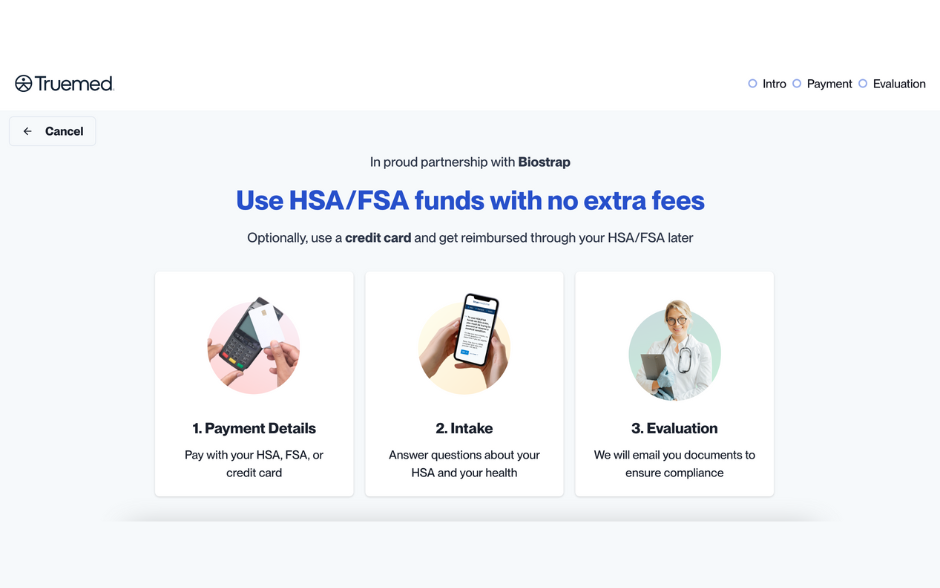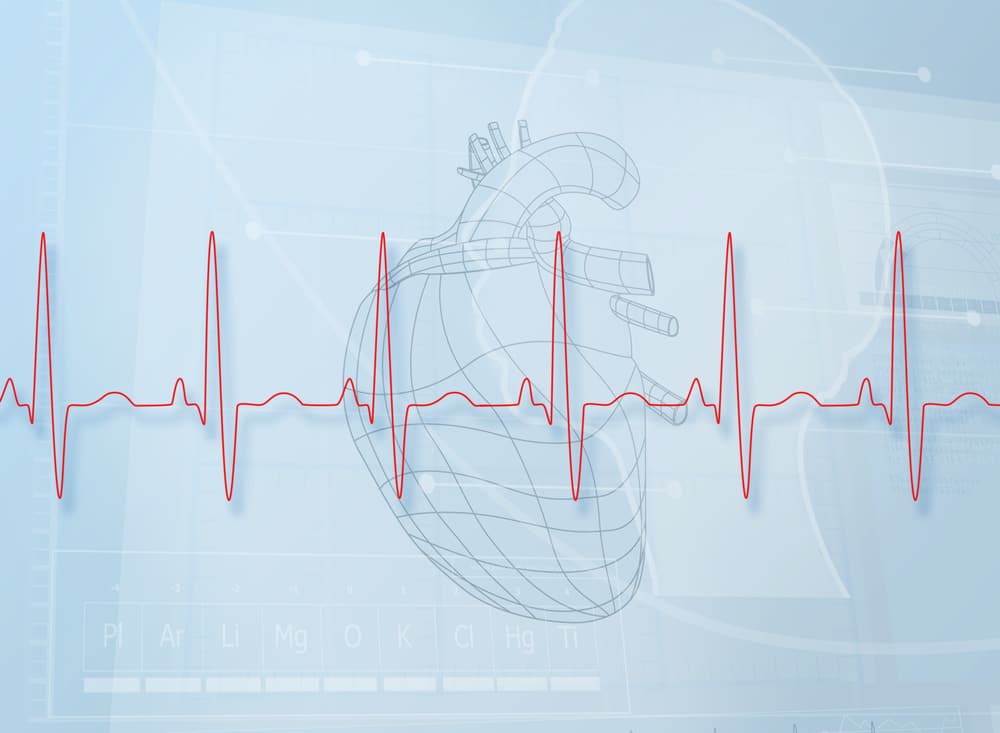At Biostrap, we’re thrilled to announce that our cutting-edge wearable technology, Kairos, is now eligible for purchase using Health Savings Account (HSA) or Flexible Spending Account (FSA). Our partnership with Truemed makes it possible for you to enjoy significant tax advantages.
Whether you want to access high-fidelity PPG data to track sleep, biometrics, and nervous system state, or interested in superior data to help build AI-powered predictive health models for physical and mental health monitoring, it’s just become a lot more affordable. Grab the 3- or 5-Pack Biostrap Kairos Evaluation Kit using pre-tax dollars.
What does it mean?
When a wearable technology device like Kairos is “covered by HSA/FSA funds,” it means that you can use the funds from your HSA or FSA to purchase the device. Both HSAs and FSAs are tax-advantaged accounts that you can contribute to and use to pay for qualified medical expenses. Here’s a brief explanation of each:
Health Savings Account (HSA):
- An HSA is a tax-advantaged savings account available for individuals with high-deductible health plans.
- Contributions to an HSA are tax-deductible, and the funds can be withdrawn tax-free if used for qualified medical expenses.
- HSA funds can be used for a wide range of medical expenses, including prescription medications, doctor visits, certain medical devices, and now the Biostrap Kairos.
Flexible Spending Account (FSA):
- An FSA is another tax-advantaged account that allows employees to set aside a portion of their pre-tax earnings for qualified medical expenses.
- FSA funds must be used within the plan year or a grace period, and they can cover eligible medical expenses such as co-pays, deductibles, certain medical products, and now the Biostrap Kairos.
Using HSA/FSA funds provides a financial benefit as contributions to these accounts are made with pre-tax dollars, effectively reducing the overall cost of the device.
Here are six reasons to use your FSA/HSA dollars for Kairos
-
Tax savings
When it comes to your health, every investment matters. By using pre-tax dollars, you not only maximize your tax savings but also make a smart and affordable investment toward your health monitoring efforts.
-
Affordable access to advanced health technology
Kairos isn’t just a sleep tracker; it’s a comprehensive health companion that helps you better understand your autonomic nervous system. With FSA/HSA coverage, you can now grab the 3- or 5-Pack Biostrap Kairos Evaluation Kit without breaking the bank. Experience the power of physiological biometrics, sleep analysis, and the innovative Spot Check feature that provides real-time insights into your autonomic nervous system balance – effectively a window into optimizing your mental health resilience.
-
Superior data quality for remote patient monitoring
For healthcare professionals, Kairos offers an unparalleled tool for remote patient monitoring. Keep track of patients’ biometrics, sleep patterns, autonomic nervous system state, and overall health with advanced remote monitoring. This not only helps to improve patient outcomes but also allows for early intervention and personalized care.
-
Optimizing training for peak performance
Unlock the full potential of your team’s training programs with Kairos. Track individual and team progress, identify areas for improvement, and tailor training regimens based on personalized data. The advanced analytics provided by Kairos empower coaches to optimize training strategies for increased performance.
-
AI-driven insights for unprecedented precision
Kairos and the accompanying Vital Science app are built to be a platform for innovation. With Kairos’ capability to gather extensive high-fidelity PPG data, it serves as a valuable tool for developing new AI-driven algorithms. Contribute to the future of health technology by using Kairos and our Waveshape feature to refine and develop algorithms that can provide unprecedented insights into personalized medicine, diagnostics and health monitoring.
-
Proactive health management made easy
Stay ahead of potential health issues with Kairos. Its high-fidelity data capture and personalized insights empower you to be proactive in managing your health or the health of those you choose to monitor remotely. By using your HSA or FSA funds, you make a smart investment in a device that goes beyond traditional health tracking, offering a holistic approach to well-being.
Now is the time to make the smart choice for your health. Use your HSA or FSA funds to invest in Kairos and experience the future of personalized health technology. Maximize your tax savings, embrace proactive health management, and join a community that prioritizes collective well-being.
To purchase using your FSA/HSA funds, select the 3- or 5-Pack Kairos Evaluation Kit, go to checkout, scroll down to “Payment”, past “Delivery” and “Shipping method”, and check ”TrueMed – Pay with HSA/FSA”. After clicking “Pay now”, you will be redirected to TrueMed – Pay with HSA/FSA to complete your purchase securely.






